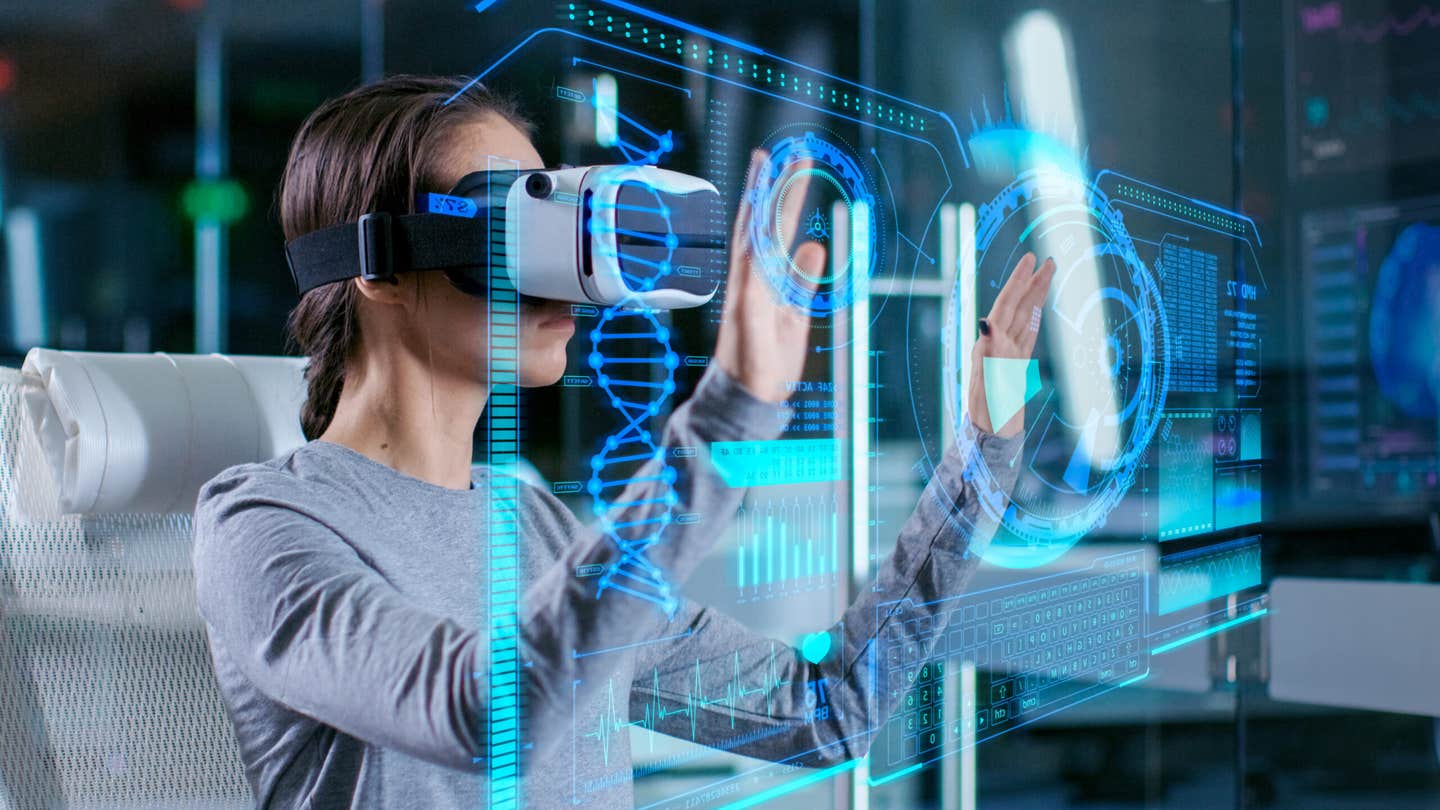AI Breakthroughs in Quantum Sensing and Lab Automation
Recent advances have enabled AI-driven quantum sensors with unprecedented sensitivity and the creation of autonomous virtual labs that accelerate scientific discovery through multi-agent collaboration.

A wave of innovation is reshaping both quantum sensing and laboratory automation, driven by the convergence of artificial intelligence and quantum technologies. Researchers worldwide have reported quantum sensors that push the boundaries of measurement precision, while AI-powered virtual labs are transforming the pace and nature of scientific research.
Quantum Sensing: Beyond Traditional Limits
U.S. scientists recently unveiled a quantum sensor that leverages qubit-based structures and ultra-cooled atoms to track particles at the nanoscale, even under high-interference conditions. This device marks a significant leap for fields ranging from particle physics to medical imaging, offering sub-atomic tracking and real-time data capture. Its ability to operate in harsh environments could soon see it deployed in medical devices, industrial robots, and national defense systems. Meanwhile, researchers have demonstrated that harnessing dissipative quantum phase transitions in driven qubit-field systems can yield sensors with super-linear enhancement in sensitivity. By detuning the system and optimizing the qubit-field coupling, these sensors nearly reach the ultimate sensitivity limits, even with only partial access to the system. This approach addresses major challenges in quantum sensing, such as complex state preparation and the need for full system access, and opens the door to scalable, practical applications.
Adding to these breakthroughs, a team at the University of Chicago has engineered 'biological qubits' from fluorescent proteins, enabling quantum sensors to operate inside living cells. These sensors could one day perform MRI at the cellular level and revolutionize drug discovery. The researchers point out that using nature’s own evolutionary tools allows for overcoming durability and targeting issues that have plagued synthetic quantum sensors, offering a radically new approach to quantum materials design.
AI-Powered Lab Automation: The Rise of Virtual Labs
On the automation front, Stanford University scientists have built a virtual AI lab that operates like a team of expert scientists, using multiple AI agents that plan, debate, and design experiments collaboratively. These virtual labs, led by an AI principal investigator, can generate ideas and analyze results around the clock without fatigue. In initial tests, the AI team successfully debated hypotheses and validated therapeutic candidates, with over 90% of proposed drugs proving viable in vitro. While AI agents can challenge each other and suggest creative solutions, human oversight remains crucial for guiding research goals and interpreting results. The integration of large language models—akin to those powering tools like ChatGPT—enables these agents to read papers, design experiments, and collaborate in natural language, promising to accelerate research that previously took years into mere days.
Machine Learning and Quantum Circuit Optimization
Machine learning is also playing a pivotal role in quantum sensor development. Researchers have applied reinforcement learning to optimize quantum circuit sensitivity by enhancing entanglement distribution. This technique not only maximizes sensitivity and coherence but also reduces circuit complexity, making quantum sensing more accessible for practical applications across materials science, biomedicine, and environmental monitoring.
These developments collectively signal a new era for science and technology. Quantum sensors are becoming more sensitive and versatile, while AI-driven labs are poised to supercharge discovery, bringing previously impossible ideas within reach and fundamentally changing how research is conducted.
Sources
-
ICDRex U.S. Scientists Unveil Quantum Sensor for Precise...
-
AOL AI virtual labs from Stanford could speed up scien...
-
Quantum Zeitgeist Enhanced Systems Unlock Sensing Dissipative
-
Singularity Hub Scientists Just Made 'Biological Qubits' That Act...
-
Quantum Zeitgeist Researchers Boost Circuit Sensitivity With Machine...